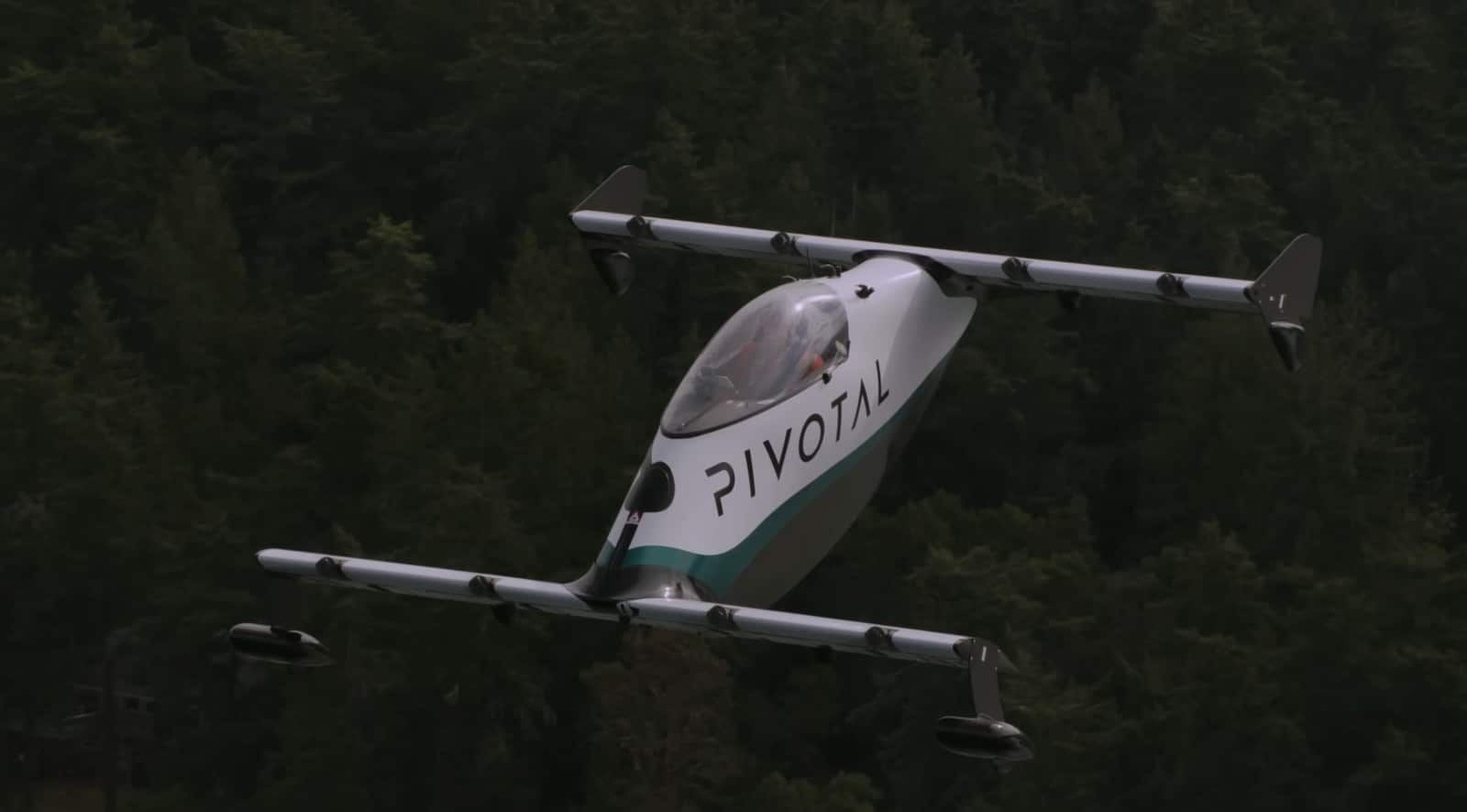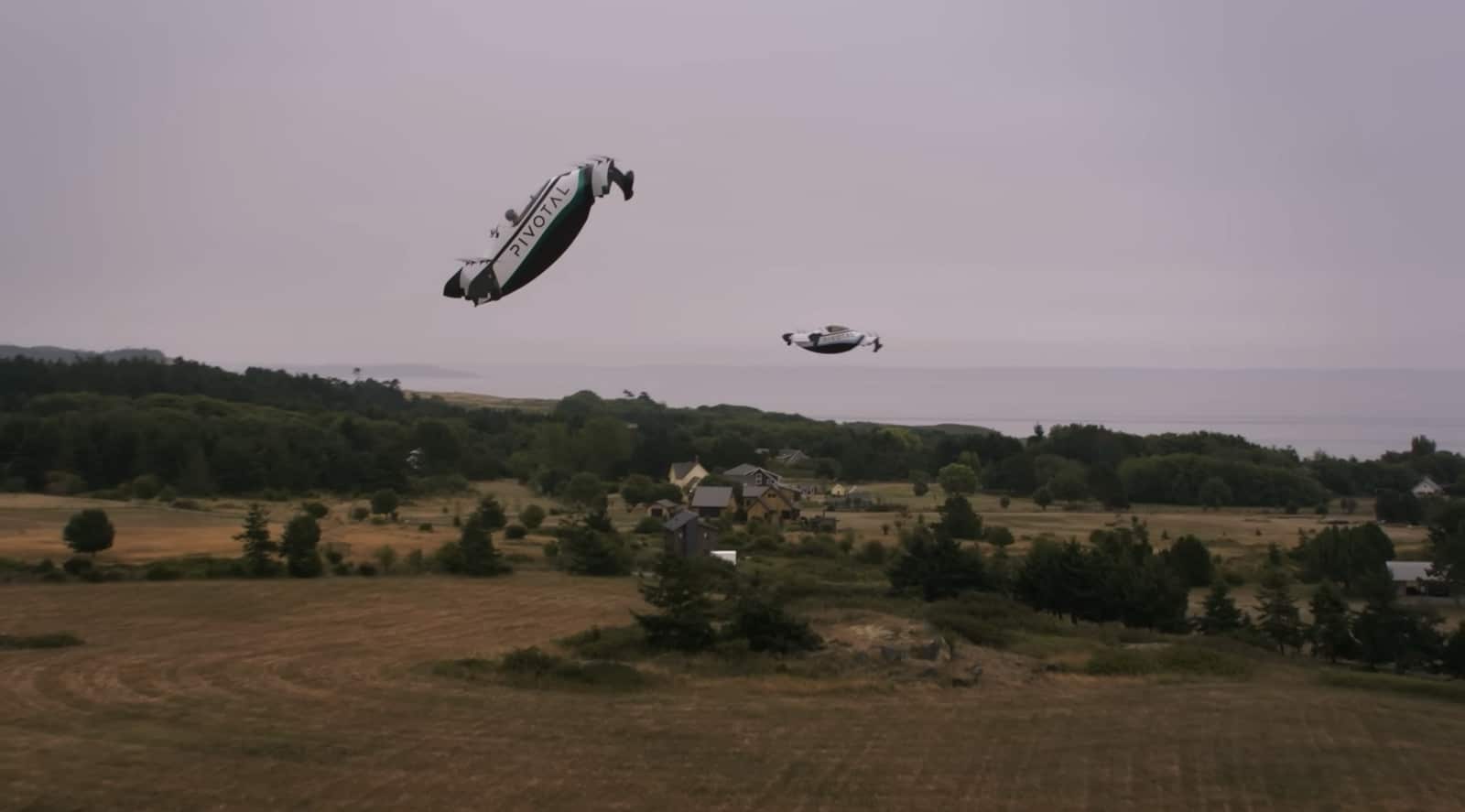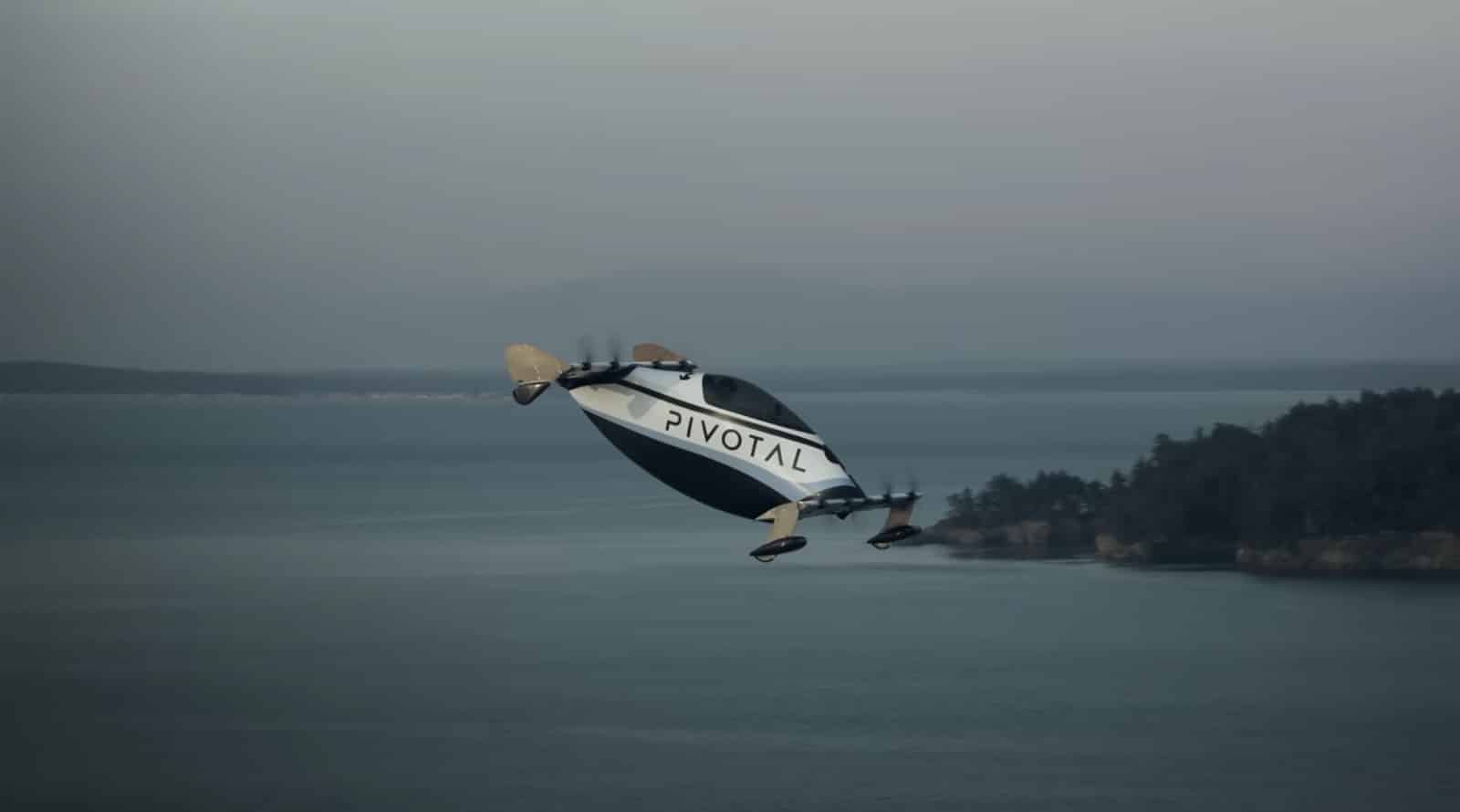Flying Cars Have Officially Arrived—But There’s a Catch

The era of personal flying vehicles isn’t coming—it’s already here. The Pivotal BlackFly, a single-seat electric vertical takeoff and landing (eVTOL) aircraft, has quietly become the first ultralight “flying car” to reach actual consumers in the United States, racking up over 1,000 crewed flights and proving that personal aviation is no longer science fiction.
The Wall Street Journal declared this week that “you’ve lived long enough to see the age of flying cars” after testing the BlackFly, describing it as “privately owned, solo-piloted aircraft, free to operate in unrestricted airspace, much as cars can take to the open road.” But the reality is more nuanced—and more interesting—than the headlines suggest.
What Makes the BlackFly Revolutionary
The Pivotal BlackFly isn’t just another eVTOL prototype collecting dust in a hangar. It’s a certified ultralight aircraft that real people are flying right now across the United States.
In late September 2025, Pivotal announced that a single BlackFly had logged more than 1,000 crewed flights since its 2023 delivery—believed to be the most flights of any powered-lift eVTOL in history. The company has delivered 13 BlackFly aircraft total to private owners and the U.S. Air Force across eight states.

The aircraft weighs just 254 pounds (115 kg) empty, putting it squarely in the FAA’s Part 103 ultralight category. This regulatory classification is the secret sauce that makes the BlackFly accessible: no pilot’s license required, no medical exam, no aircraft registration (try that with you Mavic 4 Pro!).
“Surpassing 1,000 crewed flights with a single eVTOL aircraft is an aviation first,” said Ken Karklin, CEO of Pivotal. “Our technology is as reliable as it is revolutionary.”
The BlackFly features eight electric motors powering contrarotating propellers on tandem wings. Rather than tilting individual rotors, the entire aircraft pitches between hover and cruise modes. It has a 20-mile (32 km) range or 20 minutes of flight time with a 20% battery reserve, cruising at 63 mph (101 km/h).
Training takes just a few days—roughly comparable to earning a driver’s license, according to the WSJ article. The aircraft’s fly-by-wire system handles most of the complexity, with pilots using dual joysticks to control the vehicle.

The Ultralight Loophole—And Its Limits
Here’s where the “flying car” narrative hits reality. While the BlackFly doesn’t require a pilot’s license, FAA Part 103 regulations impose serious operational restrictions:
- No flying over populated areas—meaning no urban air taxi dreams
- Daylight operations only (except twilight with anti-collision lights)
- Visual flight rules only—no flying in clouds or bad weather
- Recreation and sport purposes only—no commercial use
- Single occupant only
These aren’t minor inconveniences. They fundamentally limit how and where the BlackFly can be used. You can’t commute to work in congested airspace. You can’t fly at night. You can’t operate it as an air taxi service.
“Despite how easy it is to operate a BlackFly, eVTOLs are unlikely to become popular for urban commuting any time soon,” the WSJ article notes. “Federal regulations forbid ultralights and experimental aircraft from flying over populated areas, at night or in bad weather.”
This explains why DroneXL has been somewhat skeptical of breathless “flying car” hype. The Jetson One, another ultralight eVTOL we covered in September, faces identical restrictions despite its $128,000 price tag and Palmer Luckey’s high-profile purchase.

What Happened to BlackFly Production?
Production of the original BlackFly ended in late 2024, according to the WSJ article. But Pivotal isn’t exiting the market—they’re upgrading it.
In October 2023, Pivotal announced the Helix, described as the BlackFly’s successor and the company’s first true production aircraft. Sales opened in January 2024 with a sticker price of $190,000.
The Helix builds on 12 years of BlackFly development with improved energy storage, battery management, and materially increased range and duration. Final specifications are expected before year-end. Like its predecessor, the Helix maintains the sub-350-pound empty weight needed for ultralight classification.
The pricing sits between a high-end sports car and a traditional light aircraft—cheaper than a Beechcraft Bonanza but pricier than a used Cessna 172.
Military Interest Signals Broader Potential
The BlackFly’s real-world validation extends beyond recreational pilots. The U.S. Air Force is evaluating four BlackFly units through the AFWERX Agility Prime program, testing mission effectiveness for special operations, surveillance, and disaster response.
Pivotal delivered the aircraft along with flight simulators, pilot training, and support services. The Air Force is particularly interested in the tilt-aircraft architecture, which reduces weight and complexity compared to tiltrotor or tiltwing designs.
The military applications don’t face Part 103’s restrictions—opening possibilities for night operations, beyond-visual-line-of-sight missions, and flights over populated areas that civilian operators can’t touch.
DroneXL’s Take
The BlackFly represents genuine progress in making personal flight accessible, but let’s be clear about what it is and isn’t.
It IS the first ultralight eVTOL to achieve meaningful real-world operations, with over 2,000 piloted flights across 100+ locations in three years. That’s not a prototype—that’s a proven platform. The 1,000-flight milestone from a single aircraft demonstrates reliability that most eVTOL developers can only dream about.
But it’s NOT a solution to urban air mobility or the future of commuting. The Part 103 regulations that make it accessible also make it impractical for the “flying car” use cases people imagine. You’re buying a high-tech recreational aircraft, not a replacement for your Tesla.
The comparison to DroneXL’s September coverage of the Jetson One is instructive. Both are ultralight eVTOLs exploiting the same regulatory framework. Both require six-figure investments. Both offer thrilling personal flight experiences in controlled environments. Neither will replace your morning commute.
What’s more interesting is what comes next. The Helix represents Pivotal’s bet on a sustainable business model for personal eVTOL aircraft. If they can scale production and drive costs down while improving range and capabilities, ultralight eVTOLs could carve out a legitimate recreational aviation market—think jet skis of the sky rather than flying taxis.
The U.S. Air Force’s interest suggests potential beyond recreation. Military and public safety applications aren’t constrained by Part 103’s limitations, opening possibilities for rapid deployment, surveillance, and emergency response in scenarios where helicopters are overkill.
The “age of flying cars” has arrived—just not in the way we imagined. It’s more niche, more restricted, and more recreational than transformative. But for those willing to invest $190,000 and accept significant operational limitations, personal electric flight is real and available today.
What do you think? Share your thoughts in the comments below.
Discover more from DroneXL.co
Subscribe to get the latest posts sent to your email.
Check out our Classic Line of T-Shirts, Polos, Hoodies and more in our new store today!

MAKE YOUR VOICE HEARD
Proposed legislation threatens your ability to use drones for fun, work, and safety. The Drone Advocacy Alliance is fighting to ensure your voice is heard in these critical policy discussions.Join us and tell your elected officials to protect your right to fly.
Get your Part 107 Certificate
Pass the Part 107 test and take to the skies with the Pilot Institute. We have helped thousands of people become airplane and commercial drone pilots. Our courses are designed by industry experts to help you pass FAA tests and achieve your dreams.

Copyright © DroneXL.co 2025. All rights reserved. The content, images, and intellectual property on this website are protected by copyright law. Reproduction or distribution of any material without prior written permission from DroneXL.co is strictly prohibited. For permissions and inquiries, please contact us first. DroneXL.co is a proud partner of the Drone Advocacy Alliance. Be sure to check out DroneXL's sister site, EVXL.co, for all the latest news on electric vehicles.
FTC: DroneXL.co is an Amazon Associate and uses affiliate links that can generate income from qualifying purchases. We do not sell, share, rent out, or spam your email.



















